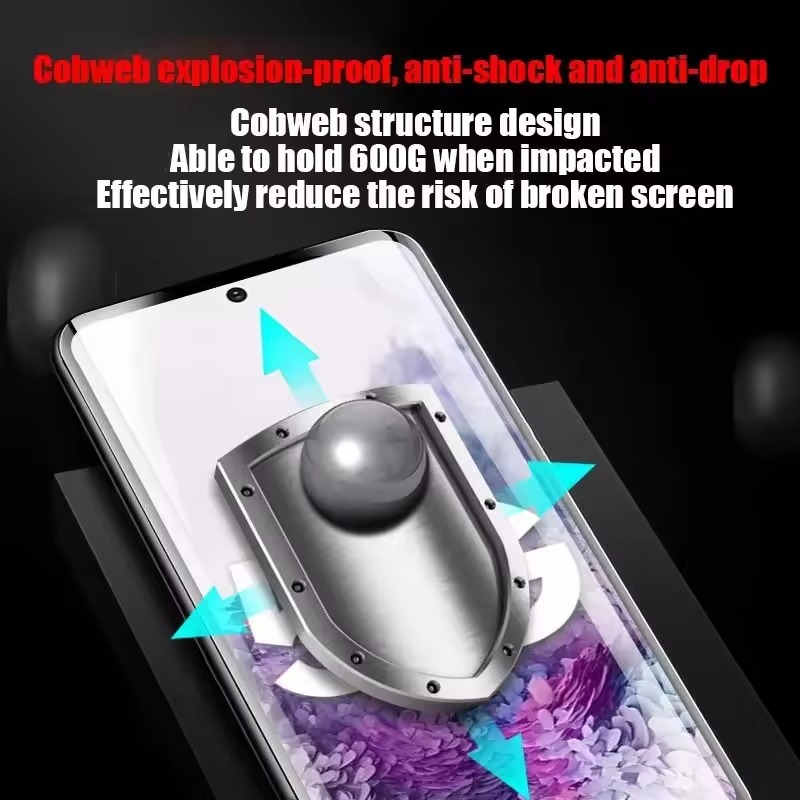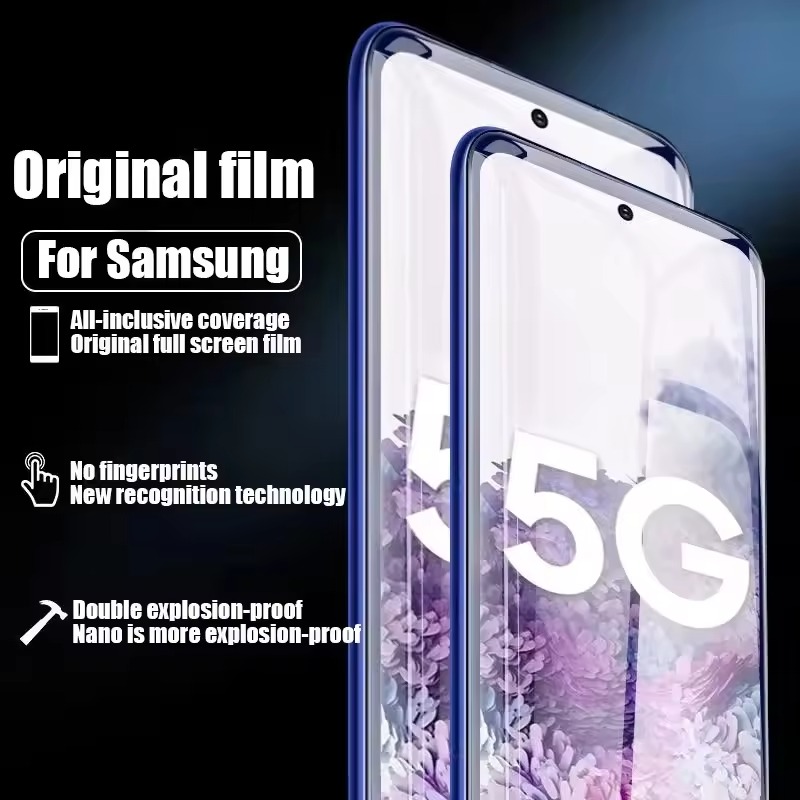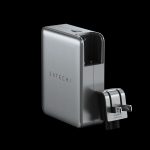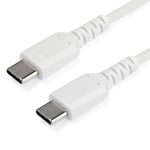Introduction: The Importance of Screen Protectors
Screen protectors are vital for keeping device screens safe from scratches, smudges, and cracks. These thin layers, often crafted from tempered glass or a crystalline material, act as a barrier against common damages. Without a screen protector, smartphones, tablets, and other touchscreen devices are susceptible to surface damage. This can lead to impaired functionality or decreased resale value. Furthermore, eye strain and reduced visibility can occur from scratches and dirt buildup on unprotected screens. Thus, investing time in properly applying a screen protector is not only about retaining appearance but also about preserving usability and value.
Step 1: Gathering the Right Tools
Before you start, collect what you need to apply the screen protector. A clean work surface and good lighting are essential. Make sure you have a microfiber cloth to clean your device’s screen. Grab a dust removal sticker or some tape to pick up any stray particles. You’ll also need something like a credit card to smooth out bubbles. Lastly, have your screen protector ready to go. It’s best to use a high-quality one, like tempered glass or a sturdy film protector. Gathering these tools will set you up for a successful installation.

Step 2: Cleaning the Screen Thoroughly
Now, let’s focus on getting the screen of your device spotless. First, turn off your device to see the dirt and smudges clearly. Find a dust-free area to avoid contaminating the screen again. Grab your microfiber cloth; it’s designed to pick up and trap dirt without scratching the surface.
Start wiping the screen gently. Move in a single direction, like from top to bottom, to avoid smearing any grime. Check the screen from different angles to ensure all fingerprints and smudges are gone. For stubborn spots, breathe lightly on the surface and use the dampened part of the cloth to remove them.
Once the larger debris is gone, tackle the finer dust. Take a dust removal sticker or tape. Press it onto the screen and peel it back. It will lift away the tiny particles. Repeat this step until no dust is visible. Patience is key, as any remaining dust can cause bubbles later on.
Your screen is now prepared for the next step, which ensures how to put the screen protector on smoothly and without imperfections. A clean screen is the canvas for a perfect screen protector application.
Step 3: Aligning the Screen Protector Accurately
Proper alignment is crucial for a seamless screen protector application. Inaccurate alignment can result in bubbles, impaired functionality, and reduced screen visibility. To achieve perfect alignment, follow these simple steps.
Start by identifying the side of the screen protector with adhesive. Most protectors have tabs or stickers indicating this side. Once known, consider the orientation of your device. Align the cutouts on the screen protector with your device’s features, such as the camera, speaker, or home button.
Peel back just a corner of the protective backing to expose a small area of the adhesive. Do not remove all the backing at once. Doing so can lead to dust attraction or misalignment. Gently place the exposed adhesive corner onto the corresponding part of your device. Check the alignment at each feature. If it’s not aligned, carefully lift and adjust.
Lay down more of the screen protector gradually, checking alignment as you go. This controlled approach helps prevent large-scale errors and ensures a more precise fit. Remember, taking your time here is essential to ensure the whole protector is aligned accurately before fully adhering it to the screen.
This step, focusing on precise placement, is fundamental in setting up for a successful, bubble-free application in the next steps.

Step 4: Applying the Screen Protector Without Bubbles
After aligning the screen protector, it’s time to apply it with care to avoid bubbles. First, hold the screen protector by its edges to minimize contact with the adhesive side. Begin at one end—usually the bottom—and slowly peel away the backing while gently laying the protector onto the screen. Start from one end and gradually progress to the other end, hinging on the alignment you’ve already set.
Once the protector contacts the screen, use the edge of a credit card wrapped in a microfiber cloth to gently smooth it onto the surface. Start from the center and slide towards the edges in a firm, but not forceful, swipe. This action should push any air pockets outwards and prevent bubble formation.
If you notice bubbles appearing, don’t press them down. Instead, gently lift the closest edge of the screen protector and let it fall back into place. In many cases, the bubbles will work themselves out as you slowly apply the protector.
Be sure to avoid rushing this process. Applying the screen protector too quickly can trap air and create more bubbles. Slow, deliberate application coupled with the credit card technique should result in a smooth, bubble-free fit.
Remember, patience and precision are your allies here, ensuring your device’s screen remains pristine and fully functional after the protector is applied. Following these steps, you should have a clear, bubble-free screen ready for use.
Step 5: Smoothing Out the Bubbles
After applying the screen protector, you might notice some small bubbles. Here’s how to smooth them out cleanly. Start by using a plastic squeegee or a credit card. Wrap it with a fine microfiber cloth to avoid scratches. Gently push from the center of the bubble to the nearest edge. Move slowly to displace the air trapped underneath without damaging the protector. Sometimes, small bubbles disappear within a day. However, do not ignore larger bubbles as they can affect screen clarity. If a bubble doesn’t budge, gently lift the edge of the protector near the bubble. Allow the air to escape and lay it back down smoothly. Ensure there’s no dust or debris when you reapply that section. These steps help maintain a clear, smooth screen without impairing your device’s functionality.

Step 6: Adjusting for Perfection
Once the screen protector is in place and most bubbles have been smoothed out, it’s time to make some final adjustments for that perfect, seamless fit. Minor imperfections can often be remedied with a bit of precision and patience. Take these steps to complete the process:
- Inspect the Edges: Look at the borders of the screen protector. Make sure it’s evenly attached to the screen with no lifting at the edges. If there’s any lifting, gently press down along the sides to secure it.
- Fine-tuning Placement: Notice any remaining misalignments now, instead of later. If the protector is slightly off, carefully peel it back using a squeegee or your fingernail. Be gentle to avoid damaging the adhesive. Then, reposition it accurately.
- Last Bubble Check: Give the screen one last scan. Look closely for small bubbles that may have been missed. Press them out gently towards the nearest edge with your wrapped card or squeegee.
- Dealing with Persistent Bubbles: If you have stubborn bubbles that won’t budge, a gentle lift-and-reapply technique may assist. Just be careful not to let dust sneak in during the process.
- Final Clean-Up: Use your microfiber cloth again to clean off any fingerprints or smudges that resulted from the adjustments. Wipe in a straight, deliberate motion to avoid leaving streaks.
Finishing these steps ensures a pristine installation. Your screen should now be fully protected with no signs of bubbles or misalignment. This attention to detail guarantees premium protection and maintains the aesthetic appeal of your device’s display.
By taking the time to make these minor adjustments, you can enjoy a bubble-free screen that ensures clear visibility and unimpaired touch functionality. Perfect application is achieved not through speed, but with attentive, methodical adjustments.
Conclusion: Enjoying a Bubble-Free Screen
Successfully applying a screen protector is an art of precision and patience. By following the outlined steps, you’ve assured minimal risk of bubbles and misalignment. A well-applied screen protector not only preserves your device’s screen clarity but also prolongs its life. Now, you can enjoy an unobstructed view and optimal functionality, free from the distraction of bubbles or scratches.
Remember to handle your device with care during the process. Each step, from cleaning to final adjustments, ensures maximum protection for your screen. It is this attention to detail that leads to a flawless finish. Additionally, should you ever need to replace the protector, the process remains the same. With each application, your skill will improve, making each subsequent installation quicker and more efficient.
In conclusion, the time invested in applying a screen protector with care is trivial compared to the lasting benefits. Enjoy the peace of mind that comes from knowing your device is well-protected. Keep these instructions in mind for future applications and share your knowledge with others who might find ‘how to put screen protector on’ challenging. This way, we can all enjoy cleaner, clearer, and safer device screens.

